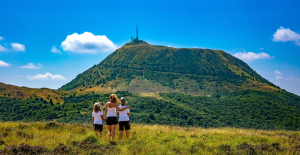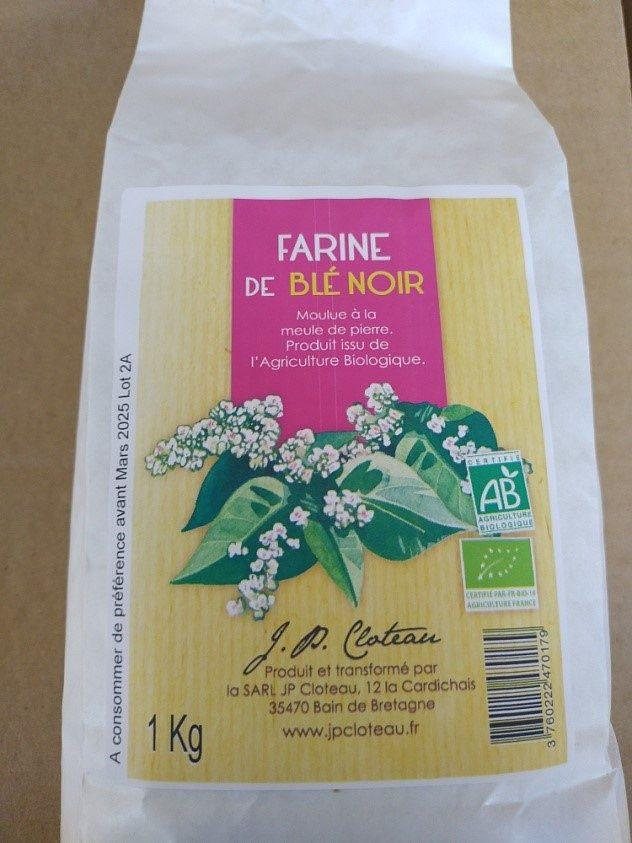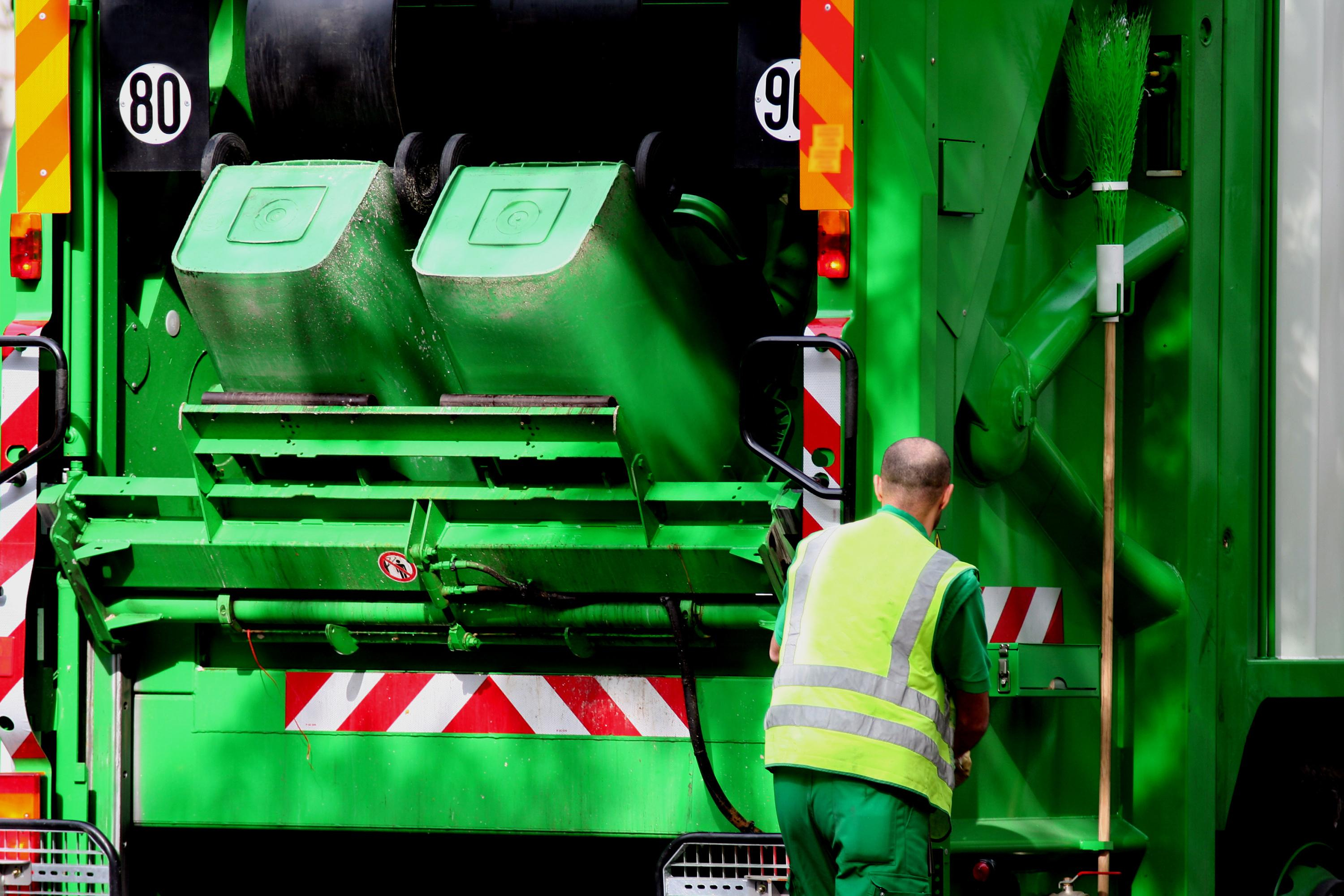Anyone know wild celery? Or sea asters, salty tridents and Bodden rushes? They are salt plants, botanical peculiarities that are at home on the sea coasts. And yet they also thrive in the middle of Westphalia. Wherever there are brine deposits and salt water emerges from the ground. For example in Bad Salzuflen, Bad Oeynhausen or Bad Sassendorf, in Werl or near Rheine. In Salzkotten near Paderborn, too, the place name says it all: nowhere else in the entire north-west of Germany does saltwater emerge so extensively and naturally from the earth as here in the Sültsoid nature reserve. And if you are out and about there these days, you can even see the sea aster blooming.
"Brine springs and salt spots are naturally very rare biotopes inland," explains Gerhard Lakmann from the Paderborn-Senne District Biological Station. "But the few original brine springs and open salt sites were largely destroyed in the last century."
The few natural inland salt sites that still exist today in North Rhine-Westphalia, in addition to Salzkotten, for example, near Bad Salzuflen and near Rothenberg in the Steinfurt district, are therefore of great value for nature and species protection. For example, the wild celery, the salt trident and the salt plantain are at the top of the red list of endangered species, they are considered endangered or even threatened with extinction in NRW. They still grow in the salty swamps near Salzkotten.
Salt was mined professionally in Salzkotten for at least 700 years, and the place grew rich with the exploitation of the underground salt, which is the deposit of a primordial ocean. "The naturally occurring brine was boiled into salt, the white gold was very valuable," reports Willi Vorwerk from the local heritage association. "In order to save firewood for evaporation, the brine was passed over sloe branches artificially attached to a wall, and the evaporation concentrated the brine."
Difficult-to-dissolve minerals accompanying the brine, such as lime, gypsum and ironstone, were deposited on the bundles of the branches. Such systems were called graduation towers. In Salzkotten was one of the largest graduation towers in Europe. But after rock salt could be extracted much more cheaply elsewhere, grading and boiling the brine was no longer worthwhile. Therefore, in many places the salt springs were filled in or built over. And the rare plants are deprived of their habitat.
In Salzkotten, on the other hand, the springs are still bubbling up, "and the occurrences of salt plants in the Sültsoid nature reserve are among the richest and most valuable in inland north-west Germany," says Lakmann. They were probably brought here by the wind and by birds from the coast in historical times. "Some plants can tolerate salt in the water or in the soil, and a few even need it," explains Lakmann, a doctor of biology. As in the salt marshes by the sea, a correspondingly tolerant animal and plant community has formed 250 kilometers further south.
The Sültsoid nature reserve is located on the Heder River. In its vicinity there are extremely strong springs that "pour" fresh water, as experts say. The eastern part of the nature reserve is taboo for visitors, there are larger salt flats and brine springs in a cattle pasture. Walking and cycling paths open up the western area, and salt water also comes to light here.
Because of its supra-regional importance, the first areas were placed under protection as early as the 1980s; today the entire nature reserve is around 20 hectares in size. So please don't expect large-scale salt marshes like on the North Sea, everything is much smaller here. And in order to be able to see these special plants at all, you need not only knowledge about them, but also a plant guide or an app for your mobile phone and a good eye.
Then you can discover some of the typical salt plants along the wayside of the area - for example salt bungee, strawberry clover, dainty centaury and, as a special feature, the wild celery, the archetype of the vegetable plant, occasionally also the beach trident or the salt chickweed. "The sea aster usually blooms at the end of August, and its purple flowers make it easy to identify," reports Gerhard Lakmann.
"Occasionally you can find individual specimens on the edge of the paved hiking trails in the Sültsoid, but you can also discover them on the ditch next to the graduation house or on the Kütfelsen next to the town hall." According to Lakmann, however, the main occurrence of the beach aster is in a place that is closed to the public Area east of the Heder.
Many things thrive and flourish there in secret. And some of these salt marsh plants are a great rarity here, but they look pretty unspectacular. The plants are under nature protection and may neither be injured nor taken away. The people from the Biological Station maintain the valuable areas in the Sultsoid.
A lot of reeds grow in the western part of the nature reserve. "The strong increase in reeds is a big problem," explains Lakmann. “Reeds can tolerate salt up to a certain level and we have to make sure that these reeds don't overgrow the salt patches and crowd out the uncompetitive salt plants, so we mow such areas regularly in the autumn after the breeding and flowering season. This is also happening this year.”
According to Lakmann, the open character of the landscape must be preserved. All salt plants depend on light and solar radiation. They perish in the shadows.
Particularly striking are two areas on the eastern bank of the Heder, which are only sparsely covered with salt plants and are about 500 square meters in size. This is where the most concentrated brine springs come from. The salinity of the soil is so high that hardly any plants can grow there - apart from a few species that can also endure high salinity, such as the sea aster and the salt scaly mermaid. Always in the winter months and after rainfall, the local brine springs "pouring", the surrounding areas are then flooded with salty water.
After a long period of drought in summer, the salt springs dry up again temporarily and the water on the surfaces evaporates. Then these areas gradually turn white due to salt efflorescence. “Birds, mainly pigeons and finches, often fly from the surrounding area to these areas to pick up grains of salt – for their own mineral balance. Rare salt beetles also live here and rare salt mosses thrive,” explains Gerhard Lakmann.
The traditional extensive grassland management, as it has probably been practiced here for centuries, is crucial for maintaining a good conservation status for the saline flora. "The salt area of the Sültsoid is a historic cultural landscape!" And it's not an original natural landscape, which is why cattle continue to graze or the areas are mowed regularly. The ditches would also have to be kept open, "so that the areas neither silt up nor become wet," as Gerhard Lakmann says.
The biologist is satisfied with the success of the efforts so far: "Since these measures began 35 years ago, the stocks of wild celery, strawberry clover, beach rushes and other salt plants have increased significantly again."

 Poland, big winner of European enlargement
Poland, big winner of European enlargement In Israel, step-by-step negotiations for a ceasefire in the Gaza Strip
In Israel, step-by-step negotiations for a ceasefire in the Gaza Strip BBVA ADRs fall almost 2% on Wall Street
BBVA ADRs fall almost 2% on Wall Street Ukraine has lost 10 million inhabitants since 2001... and could lose as many by 2050
Ukraine has lost 10 million inhabitants since 2001... and could lose as many by 2050 Sánchez cancels his agenda and considers resigning: "I need to stop and reflect"
Sánchez cancels his agenda and considers resigning: "I need to stop and reflect" The Federal Committee of the PSOE interrupts the event to take to the streets with the militants
The Federal Committee of the PSOE interrupts the event to take to the streets with the militants Repsol: "We want to lead generative AI to guarantee its benefits and avoid risks"
Repsol: "We want to lead generative AI to guarantee its benefits and avoid risks" Osteoarthritis: an innovation to improve its management
Osteoarthritis: an innovation to improve its management The Fed maintains its rates in the face of “lack of progress” on the inflation front
The Fed maintains its rates in the face of “lack of progress” on the inflation front Microsoft announces investment of 2.05 billion euros in AI and cloud in Malaysia
Microsoft announces investment of 2.05 billion euros in AI and cloud in Malaysia Ukraine gets a spokesperson generated by artificial intelligence
Ukraine gets a spokesperson generated by artificial intelligence The French will take advantage of the May bridges to explore France
The French will take advantage of the May bridges to explore France Actor Laurent Lafitte leaves the Comédie-Française
Actor Laurent Lafitte leaves the Comédie-Française Death of Paul Auster: Actes Sud says he is “lucky” to have been his publisher in France
Death of Paul Auster: Actes Sud says he is “lucky” to have been his publisher in France Lang Lang, the most French of Chinese pianists
Lang Lang, the most French of Chinese pianists Author of the “New York Trilogy”, American novelist Paul Auster has died at the age of 77
Author of the “New York Trilogy”, American novelist Paul Auster has died at the age of 77 Omoda 7, another Chinese car that could be manufactured in Spain
Omoda 7, another Chinese car that could be manufactured in Spain BYD chooses CA Auto Bank as financial partner in Spain
BYD chooses CA Auto Bank as financial partner in Spain Tesla and Baidu sign key agreement to boost development of autonomous driving
Tesla and Baidu sign key agreement to boost development of autonomous driving Skoda Kodiaq 2024: a 'beast' plug-in hybrid SUV
Skoda Kodiaq 2024: a 'beast' plug-in hybrid SUV The home mortgage firm rises 3.8% in February and the average interest moderates to 3.33%
The home mortgage firm rises 3.8% in February and the average interest moderates to 3.33% This is how housing prices have changed in Spain in the last decade
This is how housing prices have changed in Spain in the last decade The home mortgage firm drops 10% in January and interest soars to 3.46%
The home mortgage firm drops 10% in January and interest soars to 3.46% The jewel of the Rocío de Nagüeles urbanization: a dream villa in Marbella
The jewel of the Rocío de Nagüeles urbanization: a dream villa in Marbella Europeans: a senior official on the National Rally list
Europeans: a senior official on the National Rally list Blockade of Sciences Po: the right denounces a “drift”, the government charges the rebels
Blockade of Sciences Po: the right denounces a “drift”, the government charges the rebels Even on a mission for NATO, the Charles-de-Gaulle remains under French control, Lecornu responds to Mélenchon
Even on a mission for NATO, the Charles-de-Gaulle remains under French control, Lecornu responds to Mélenchon “Deadly Europe”, “economic decline”, immigration… What to remember from Emmanuel Macron’s speech at the Sorbonne
“Deadly Europe”, “economic decline”, immigration… What to remember from Emmanuel Macron’s speech at the Sorbonne These French cities that will boycott the World Cup in Qatar
These French cities that will boycott the World Cup in Qatar NBA: Boston will see the semi-finals, the Clippers one step away from elimination
NBA: Boston will see the semi-finals, the Clippers one step away from elimination Paris 2024 Olympic Games: “It would have been an incredible honor”, Rudy Gobert will ultimately not be flag bearer
Paris 2024 Olympic Games: “It would have been an incredible honor”, Rudy Gobert will ultimately not be flag bearer Champions League: Dortmund coach praises Jadon Sancho, author of a great performance against PSG
Champions League: Dortmund coach praises Jadon Sancho, author of a great performance against PSG Football: a goal from Georges Mikautadze broadcast...in Times Square
Football: a goal from Georges Mikautadze broadcast...in Times Square


















